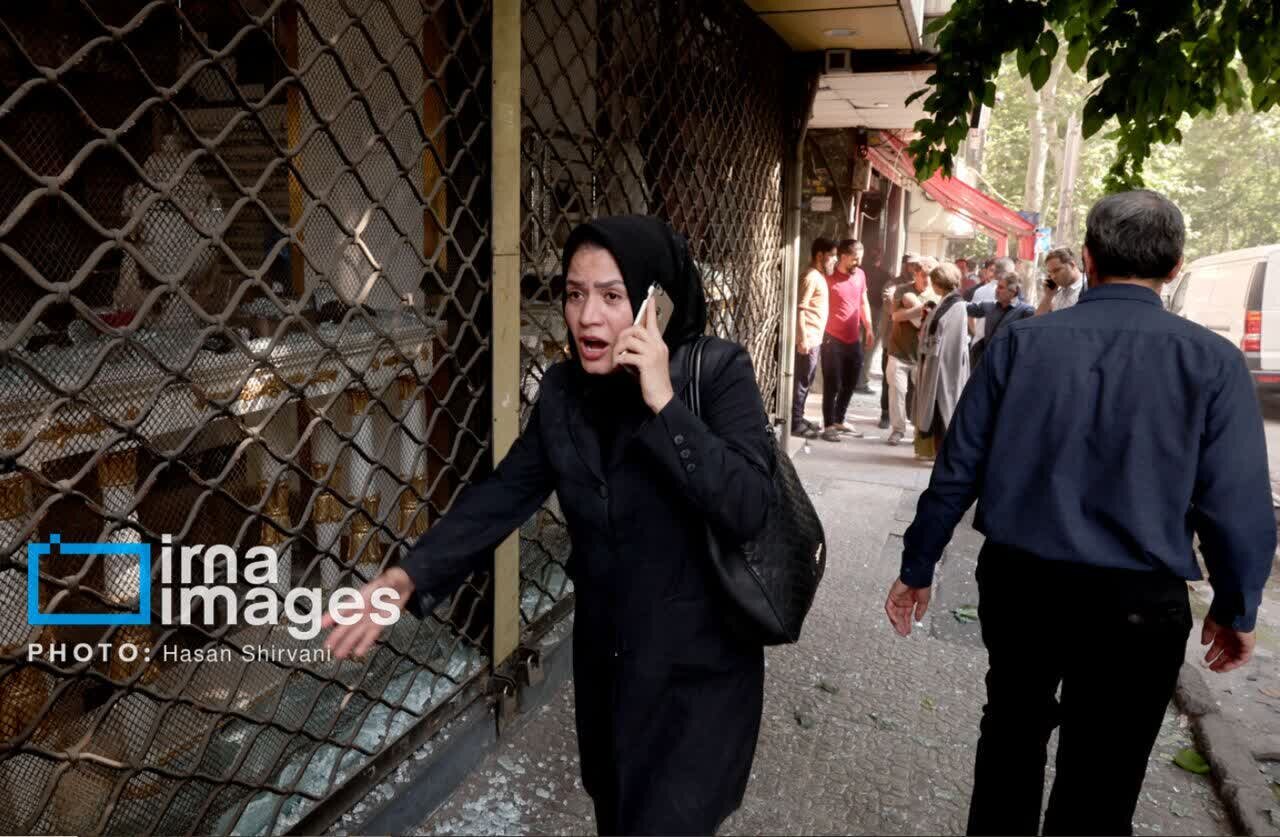
Similar Posts

Health Ministry Launches Initiative to Combat Cancer Through Healthy Eating Habits
The Iranian health ministry is prioritizing healthy diets to combat cancer, which is influenced by nutrition in 10-70% of cases. Official Ahmad Esmaeilzadeh emphasized the need for dietary modifications to promote healthy eating habits. Key dietary risks include high sugar and fat intake, processed foods, and excessive salt, linked to gastric cancer. With rising obesity rates, the ministry aims to reduce salt consumption, promote fiber-rich diets, and establish dietary guidelines. A national campaign, themed “Hand in Hand, Prevent and Fight Against Cancer,” seeks to raise awareness, encourage healthy choices, and promote early diagnosis, targeting a significant increase in cancer cases by 2026.
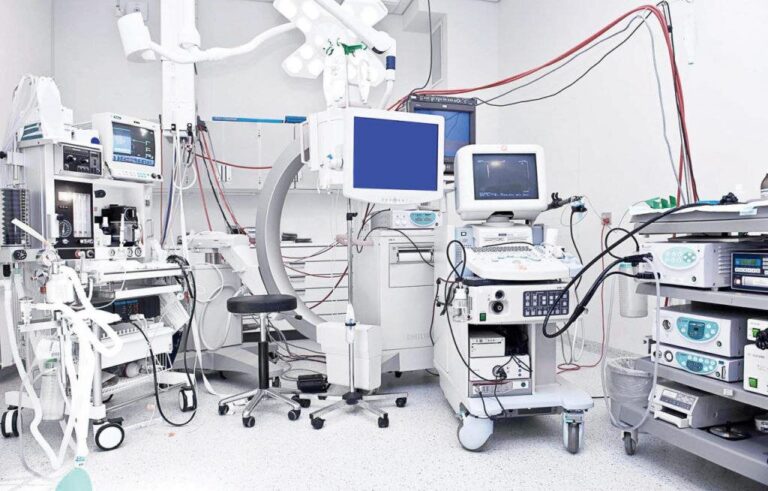
Iranian Delegations Set to Shine at CPHI & PMEC China and Pharmedi Vietnam: A Hub for Pharmaceutical Innovations!
Iranian knowledge-based companies are set to actively participate in major pharmaceutical events in Asia, including CPHI & PMEC China 2025 in Shanghai from June 24-26 and Pharmedi Vietnam 2025 from September 24-27. These exhibitions provide opportunities for networking, collaboration, and exploring new markets. The Iranian delegation, supported by the Organization for the Development of International Scientific and Technological Cooperation, will engage in activities like B2B meetings and technology exploration. Iran’s medical equipment exports reach around $20 million annually, with over 600 manufacturers producing 99% of domestic medicines and a diverse range of medical devices, establishing the country as a regional leader.
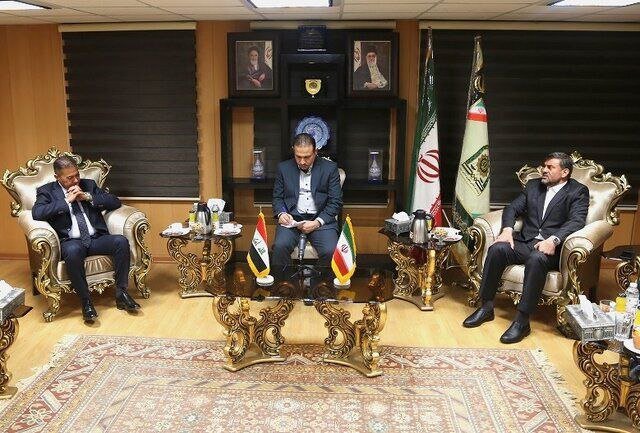
Iraq Aims to Strengthen Cooperation with Iran’s Anti-Narcotics Police to Combat Drug Trafficking
Iraq’s anti-narcotics police chief, Ahmed Al-Zarkani, has called for enhanced cooperation with Iran to combat drug smuggling, highlighting the urgent need for joint efforts amid rising narcotics threats in both countries. During a meeting with Iranian counterpart Iraj Kakavand, Al-Zarkani praised Iran’s drug control initiatives and emphasized the importance of sharing intelligence on traffickers. Kakavand noted the necessity of cracking down on armed traffickers along their shared borders. Both nations aim to improve collaboration through simultaneous patrols and information exchange. Recognizing Iran’s commitment, the UNODC commended recent drug seizures, stressing the need for regional and international partnerships in tackling drug trafficking.

Record-Breaking Year: Over 32,000 Couples Tie the Knot After 50!
Recent reports from Iran’s Civil Registration Organization indicate a notable rise in marriages among individuals aged fifty and older, with 32,196 such marriages registered from March 2024 to March 2025. This trend reflects changing societal attitudes towards later-life marriages. Additionally, the autumn 2024 season recorded 118,450 marriages and 49,738 divorces, showing a shift in marriage and divorce dynamics compared to previous years. Meanwhile, the total fertility rate in Iran has stabilized at approximately 1.6 children per woman after a significant decline, influenced by the youth population law. The aging population presents challenges, with 11.5% over sixty, requiring strategic policy planning.
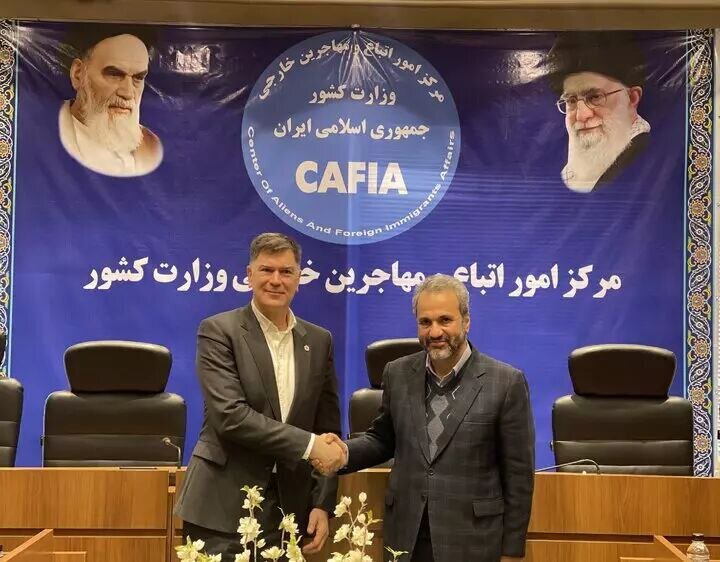
ICRC Steps Up to Empower Refugee Students in Iran: A Lifeline of Support
The International Committee of the Red Cross (ICRC) is enhancing educational support for refugee children in Iran, particularly Afghan refugees, in response to the humanitarian crisis. ICRC representative Vincent Cassard praised Iran’s efforts in family reunification and education during a February meeting with Nader Yar-Ahmadi, head of Iran’s National Organization for Migration. They discussed the significant number of refugee students and proposed joint educational initiatives. In May 2024, ICRC and the Iranian Red Crescent Society will launch programs in Mashhad, providing health, rehabilitation, and educational services. Yar-Ahmadi warned that without international aid, Iran may reconsider its refugee policies.
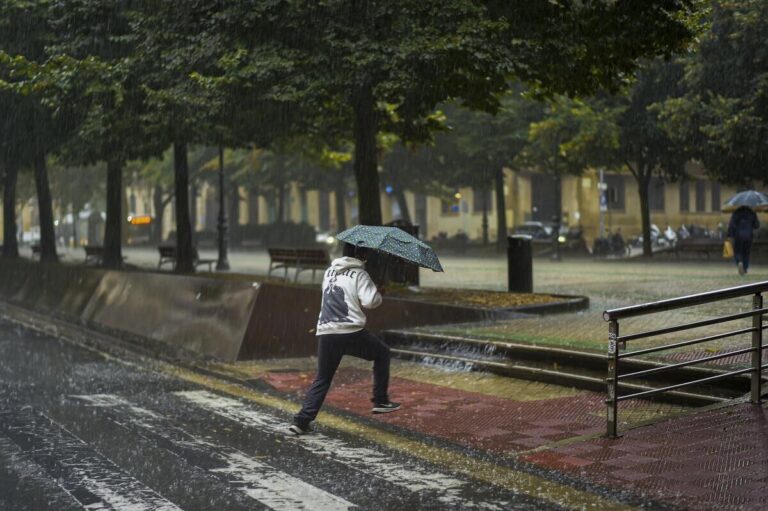
Rainfall Plummets Over 50% Since Mid-September: What This Means for the Region
Iran is facing significant water scarcity due to a drastic decline in rainfall, with a 51.1% decrease recorded since September 23, 2024. From September to January 30, only 50.5 mm of rain fell, while the winter season has seen a 62.5% drop in precipitation. Most provinces are experiencing severe deficits, especially Kohgiluyeh–Boyerahmad, with a 78.8% decrease. However, Mazandaran province reported a slight increase in rainfall. Forecasts predict continued low precipitation, exacerbating water shortages. Authorities must implement effective water management strategies, including conservation techniques and rainwater harvesting, to mitigate the impacts of this ongoing crisis.